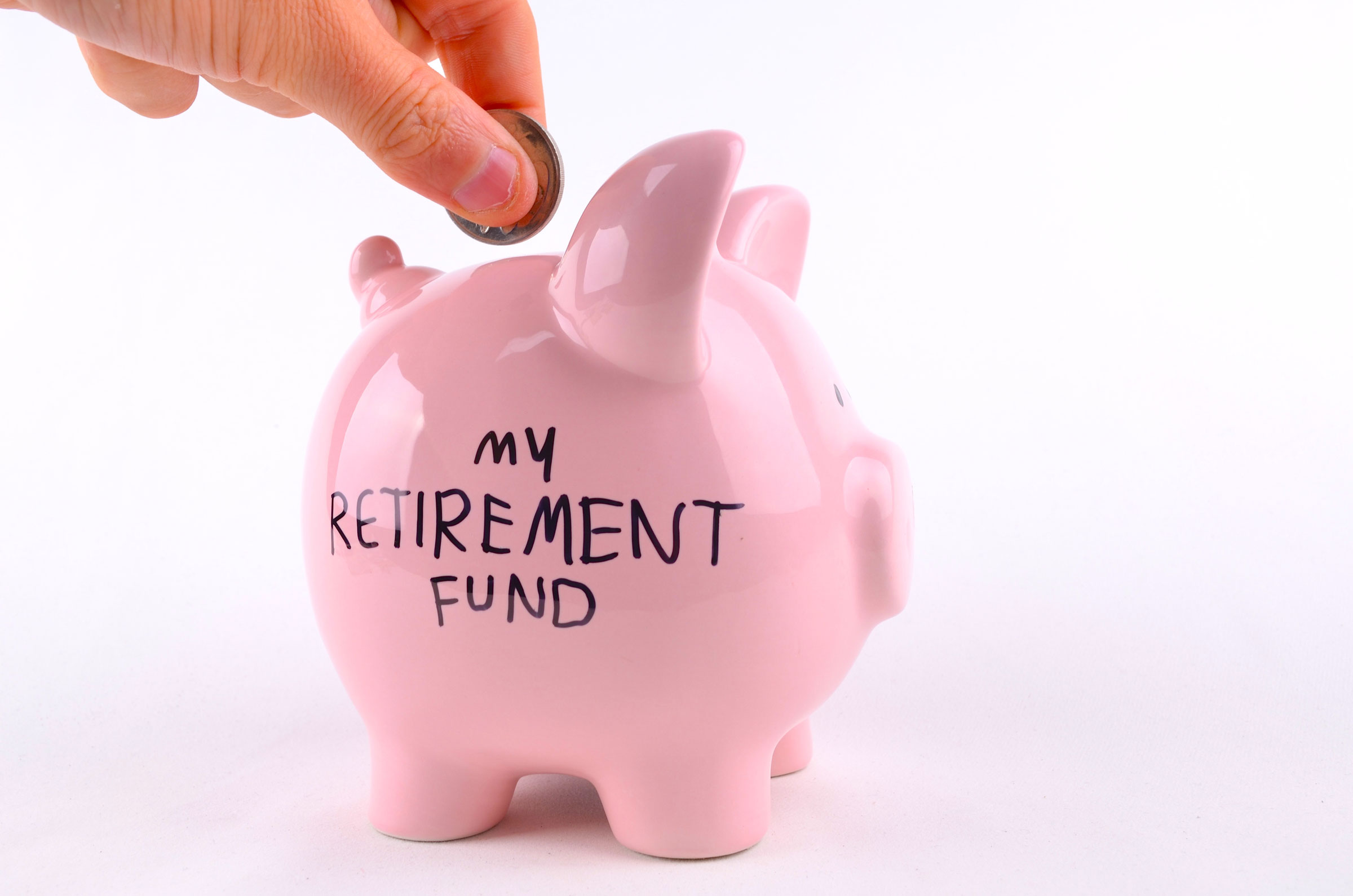
Individual Retirement Accounts (IRAs) are one way to save for retirement. Several options exist within the IRA category. You should consult a financial planner for guidance specific to your situation. Following we’ll cover some of the basics.
The Savings Investment Match Plan for Employees (SIMPLE) IRAs is an option for stable owners who choose to offer retirement savings benefits to employees. As an employer you are able to claim contributions as business expenses on tax returns and employees benefit from the ability to contribute on a pre-tax basis while receiving the benefits of tax-deferred growth.
IRAs are also powerful investment tools for yourself. IRAs are divided into three categories: the Traditional IRA, the Roth IRA and a Rollover IRA. The time tax is paid on money contributed to an IRA distinguishes each type of IRA. Taxes paid at the time the money is contributed to the plan is known as tax-free growth. Conversely, taxes paid when the funds are withdrawn are known as tax-deferred growth.
Contributions to a Traditional IRA are tax-deferred and might qualify as a deduction on annual tax returns. Individuals can begin to withdraw money from a Traditional IRA at age 59½ and must accept minimum disbursements at age 70. Individuals with a Traditional IRA can also be able to make contributions for a working or non-working spouse not covered by an employer based plan.
Contributions to a Roth IRA provide tax-free growth because the taxes are paid prior to depositing the money. The compounding earnings are also tax-free, so that at the time of retirement, when the funds are withdrawn, no additional taxes are paid.
Specific conditions must be met for tax-free withdrawal. Funds are penalty-free when a five-year aging period is satisfied; the individual is 59½ years old; or the person is deceased, becomes disabled or qualifies for a first-time home purchase.
A Rollover IRA is established in situations where individuals have an employer sponsored 401(k) or a 403(b) from a previous employer. A 403(b) is a retirement plan only available for those in public education, some non-profits, cooperative health service organizations and self-employed ministers in the United States. The eligible contributions from the previous job can be rolled over into an IRA.
Again, you should consult with a professional to see what would be the best plan to help you prepare for a comfortable retirement.


